A Feast for the Senses to Open at The Ringling
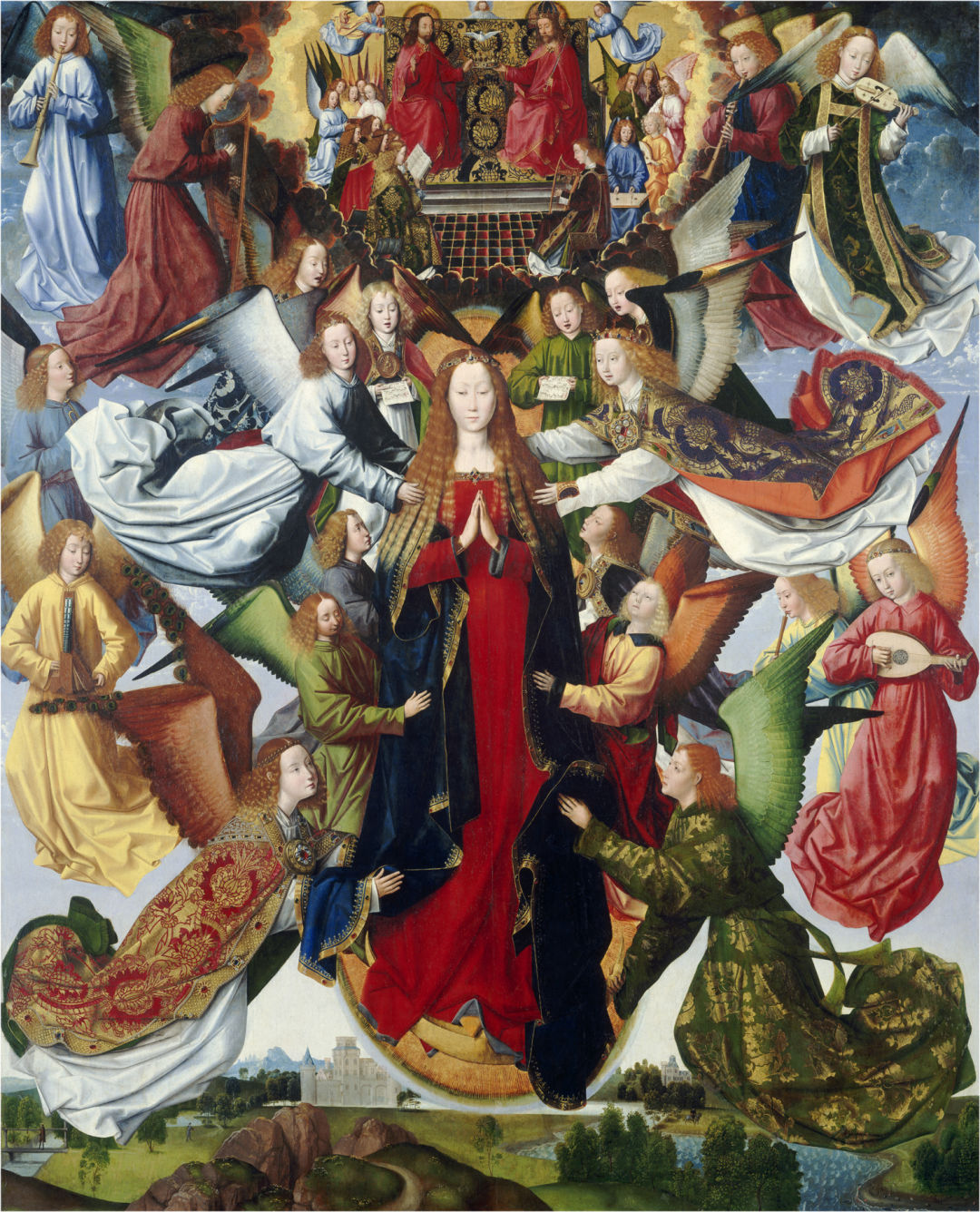
Mary, Queen of of Heaven, c. 1485/1500, Master of the Saint Lucy Legend (Netherlandish), oil on panel.
In case you tend to think of the Middle Ages as a dark and barren period in history, a new exhibition at the John and Mable Ringling Museum of Art may change your mind.
A Feast for the Senses: Art and Experience in Medieval Europe, which opens to the public Feb. 4 and continues through April 20, features more than 100 objects from acclaimed collections around the world, including the Metropolitan Museum of Art, the Victoria and Albert Museum, the Morgan Library and the National Gallery in Washington, D.C. As the title suggests, the exhibit aims to present the viewer with a multisensory experience, one that is not just visual but auditory (birdsong, devotional music, etc.), olfactory (scent boxes in different galleries that may simulate roses, for example) and even tactile (in a few carefully selected cases) as well.
The show, which was organized by the Walters Art Museum in Baltimore, comes to the Ringling from there and features a catalog with essays by exhibition curator Martina Bagnoli and Ulla R. Searing curator of collections at the Ringling Virginia Brilliant, who gave a quick sneak peek of the show to members of the media Wednesday. “Almost every work here has never been to Florida before,” Brilliant says. “The idea of the exhibit is to ‘activate’ the objects. At the time they were created, they were meant to be touched, tasted and smelled.”
The period of the objects’ creation ranges from 1100-1500, and the exhibit includes tapestries, chalices, rosaries, mirror cases and paintings from countries including Italy, France, Germany and the Netherlands. Galleries are themed to such topics as “Gardens of Love” (gardens being an escape from the noisy, obtrusive real world), “Games of Love,” “The Sound of God,” and “Body and Soul”—romantic love being as much a part of the times as divine love and worship.
On the tour, Brilliant pointed out some images with rather erotic subtexts, as in one work depicting a wedding that’s gotten wildly out of hand, with some groping in one corner and a man flashing in another. Overall, perhaps the exhibit will prove that the people of 800 years or so ago were not so different from today—yearning toward the heavens, but also very much of this earth.
Here are a few examples from the exhibit. For more information, visit ringling.org.
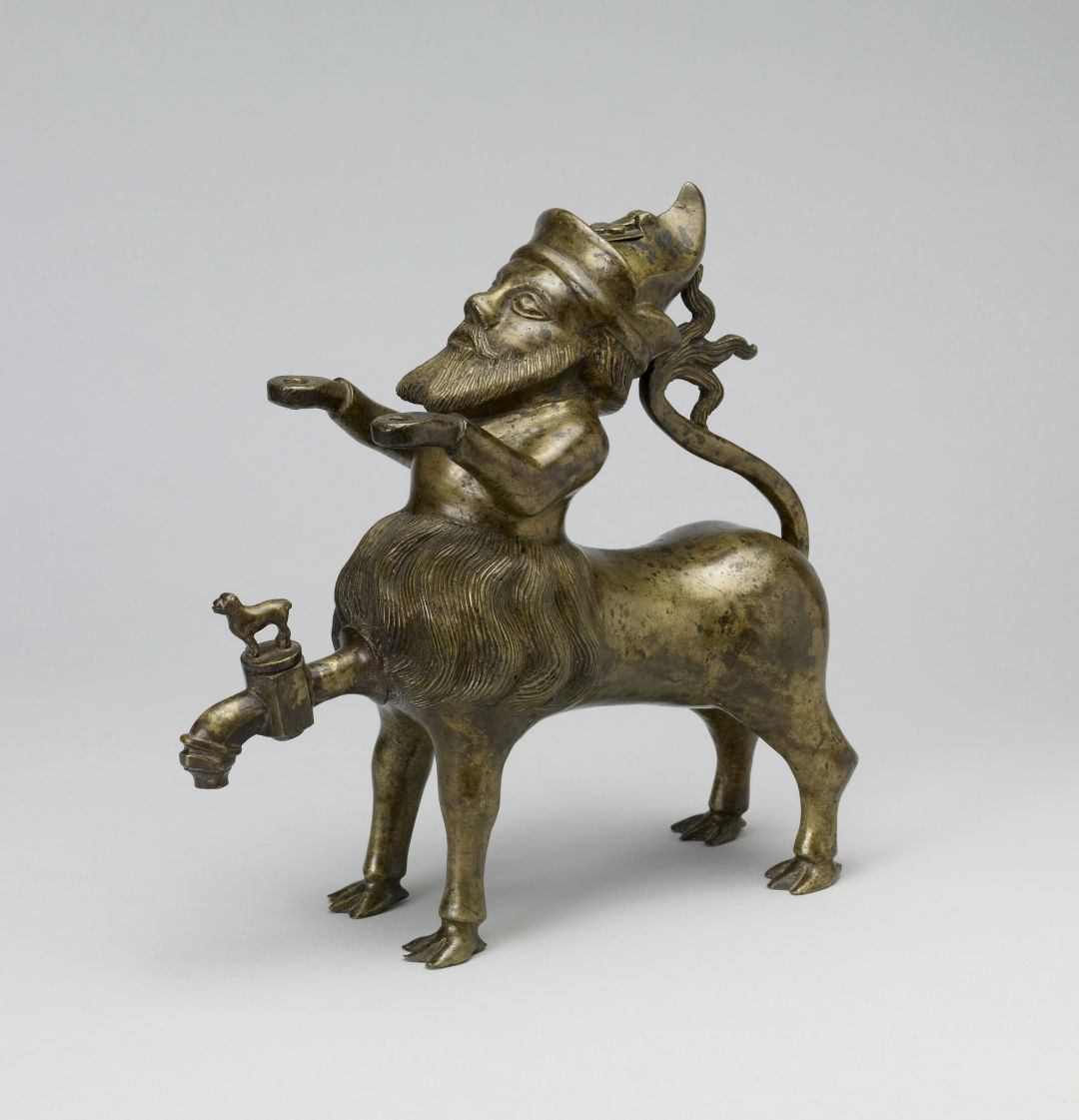
Aquamanile in the Form of a Centaur. Bronze, Germany 1450-1500, The Walters Art Museum, Baltimore.
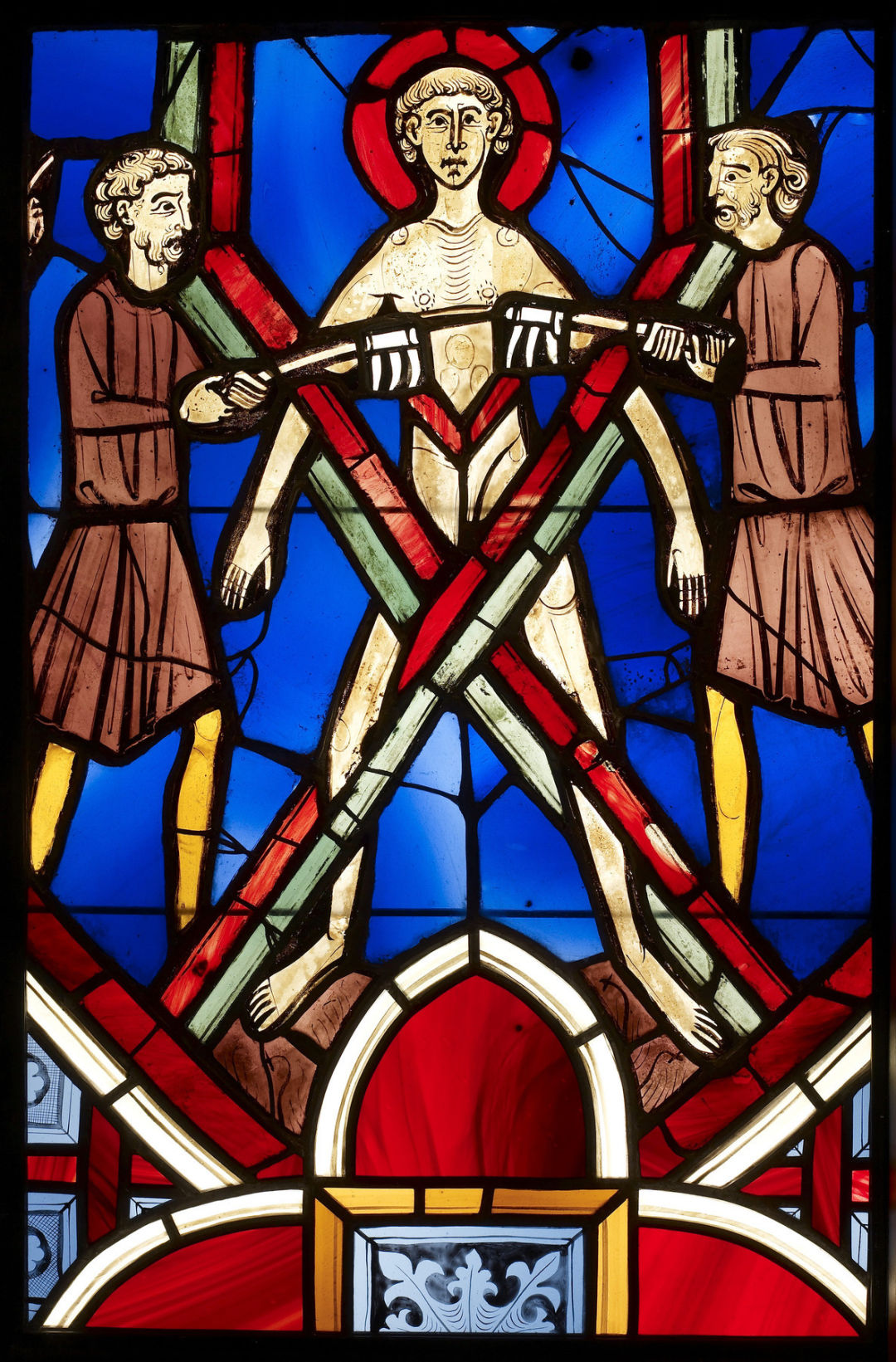
Window Panel with Saint Vincent on the Rack, 1245-1247, paint on stained glass. Acquired by Henry Walters, 1918
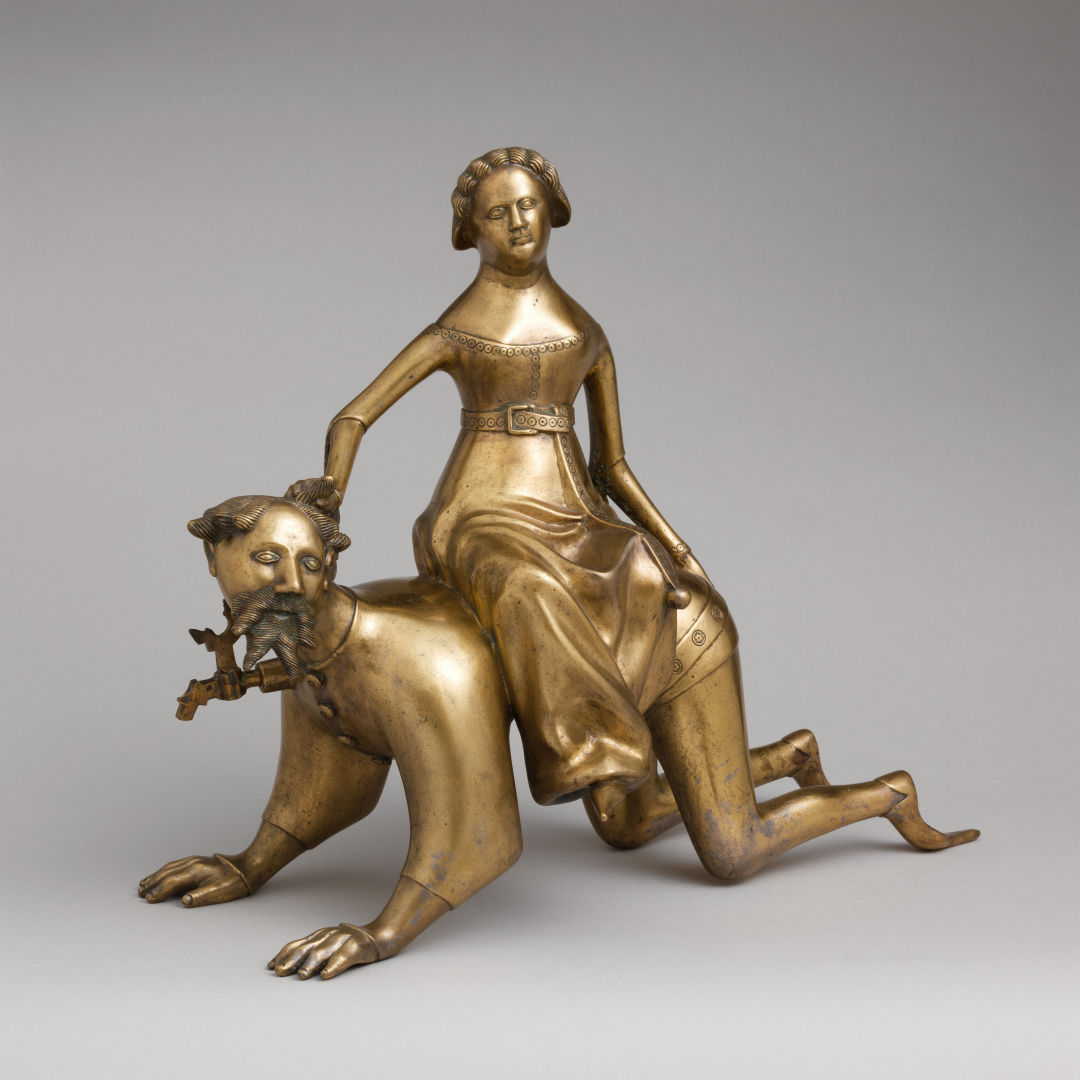
Aquamanile in the Form of Aristotle and Phyllis, Southern Netherlands, late 14th or early 15th century, The Metropolitan Museum of Art, Robert Lehman Collection, 1975
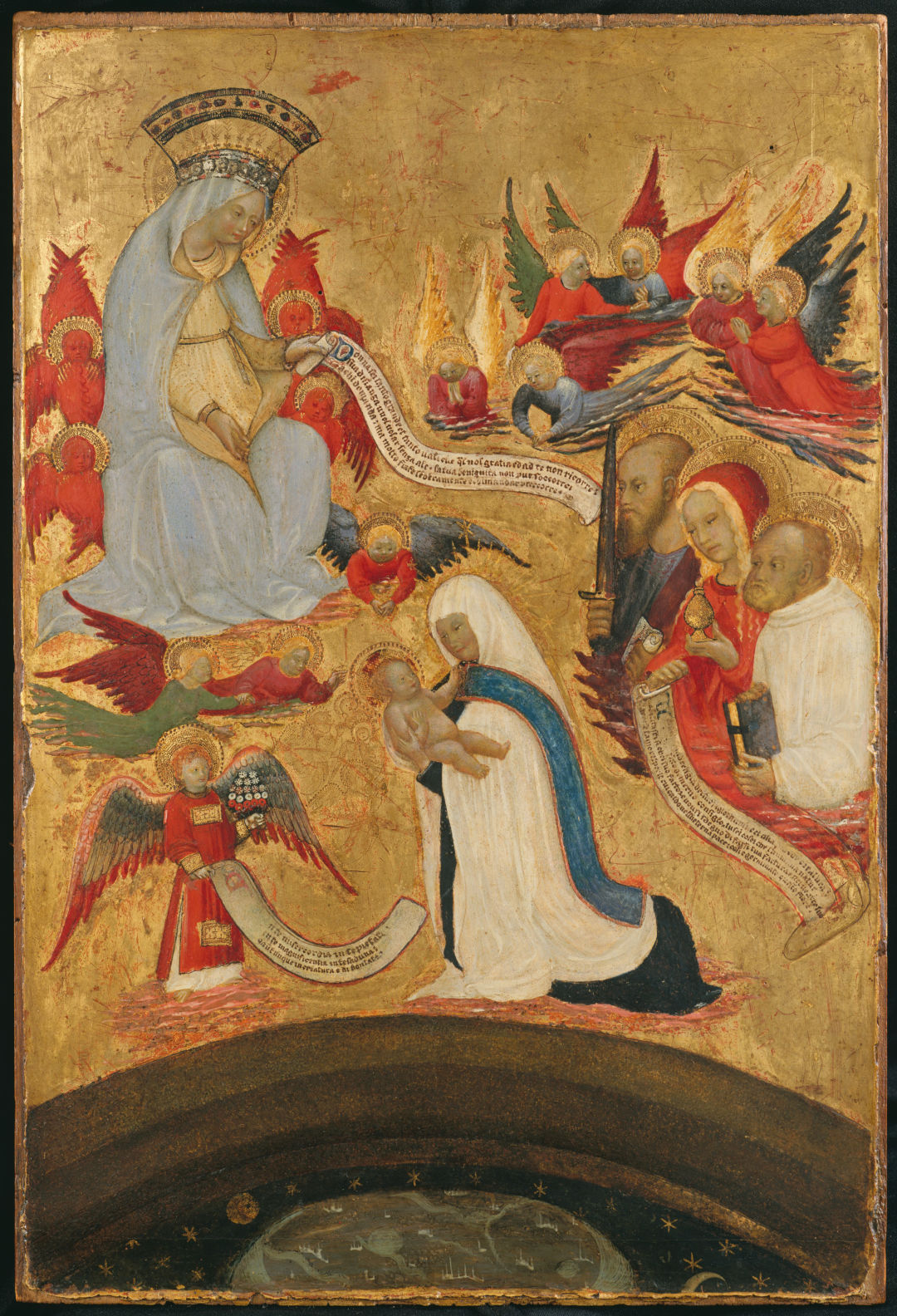
Santa Francesca Romana Holding the Christ Child, Antonio del Massaro da Viterbo, Italy, ca. 1445.



